Yes, New Zealand was the latest country, continent, or city to be inhabited by mankind. In fact, it only experienced homo sapiens about eight hundred years ago, with Australia having been inhabited from anywhere between thirty-two and fifty-two thousand years before.
The main reason the ancestors of today’s Māori, the people who had originated in Asia and swept across the world, to Taiwan, and then to Polynesia, went on their journey was because of a certain explorer by the name of Kupe. Kupe was a Polynesian too, and he decided he was going to go exploring. There are two legends of why he did that.
The first is that he was hunting down a giant octopus, and that he eventually killed it in Cook’s Strait, returning home with sailing instructions on how to get there.The second states that his brother, Hoturapa, stole away his wife, Kura Marotina. They both sailed away to New Zealand, to try and escape from Kupe, but he followed them with all of his vengeful wrath. He eventually caught up to them, and yes, he returned with sailing instructions.
Kupe’s wife also gave New Zealand its Māori name, Aotearoa, or the land of the long white cloud.
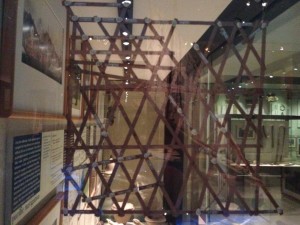
The voyagers, the Pacific people, carefully planned every bit of their trip. They came in ocean vessels with two hulls to each, or to give it their name, their waka hourua. They had many provisions for the ship journey, not to mention species of animals and plants that they brought from their home and hoped would do well in the new land. They followed Kupe’s directions faithfully, a grid of wooden sticks that ignorant people like us can’t understand in the slightest.
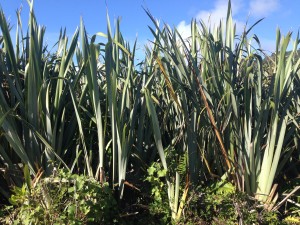
Anyway, they brought plant life, including the sweet potato (which did especially well and covered New Zealand in no time), the taro, the yam, the gourd (all of which did well), and the coconut, the banana, and the breadfruit (which did horribly). Of animals, the Pacific dog and the many kinds of rats did well, while the pigs and chickens perished. They also found many things, such as flax and many birds, some huge giant ground-dwelling and wingless ones like the moa, which quickly became an important food source. Unfortunately, yet unsurprisingly, the poor beasts were extinct within a hundred and fifty years of the Māori arriving. Others included the kiwi and the Haast’s eagle. The clothing they had previously worn, which was made out of pounded bark, was too light to be worn in New Zealand, so they made new clothes out of flax, by pounding it until it was weavable, then, well, weaving it.
It was a rather violent society they created, one based on war and revenge. Blood feuds could go on as long as several generations. Sometimes, they went on so long the fighters had forgotten what they were originally supposed to be fighting about! However, they didn’t always fight for revenge; land and resources were also common incentives. They sometimes formed alliances with each other, but these gave way to arguments in a relatively short time, and the fighting started again. During a time of war, everyone would retreat to a sort of safe house, called a pā. Wooden palisades and other defenses, like ditches, were erected around the place. There were several houses in the pā, and small gardens were also allowed if there was enough space. They all had very small doors, so you had to crouch as you came in, meaning that if the enemy found a way into the pā, you could easily crack them on the skull with a club if they came in. The chief’s house was the largest, naturally, and sometimes included a meeting place for war councils. The houses were also slightly sunk into the earth, to retain warmth in the winter. For a bed, they had piles of grass and bracken to sleep in.
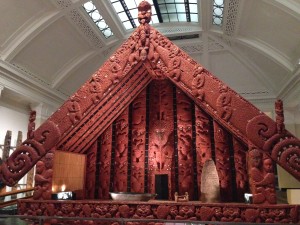
The position of chief was passed down through descent, much like our kings and queens. Others could also rise up through the ranks through their abilities, mostly fighting ability.
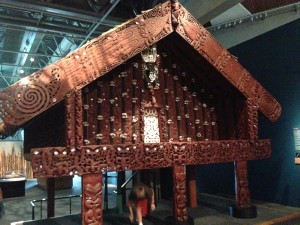
Food was kept in the storehouses, or pātakas, in case of a bad growing season, or if they were put under siege. The staple food, all the time, was bracken roots. They made cakes from them by soaking the starchy bits in water, then roasting them in embers, and finally pounding them into paste. Party food was also kept there, like whitebait, shellfish, berries, and birds and rats boiled and preserved in their own fat. Only children were allowed to enter the storehouse, as only they were considered pure and were small enough. This is where the famous Maori chief Te Rauparaha was able to evade his skilled attackers, and where he came up with the words and rhythm of the famous Haka.
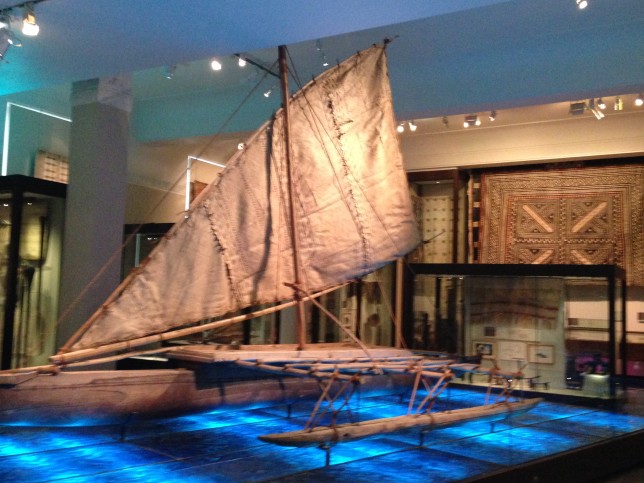
I enjoyed that Sacha – very interesting. You write really well.
Enjoy Australia … Helen x